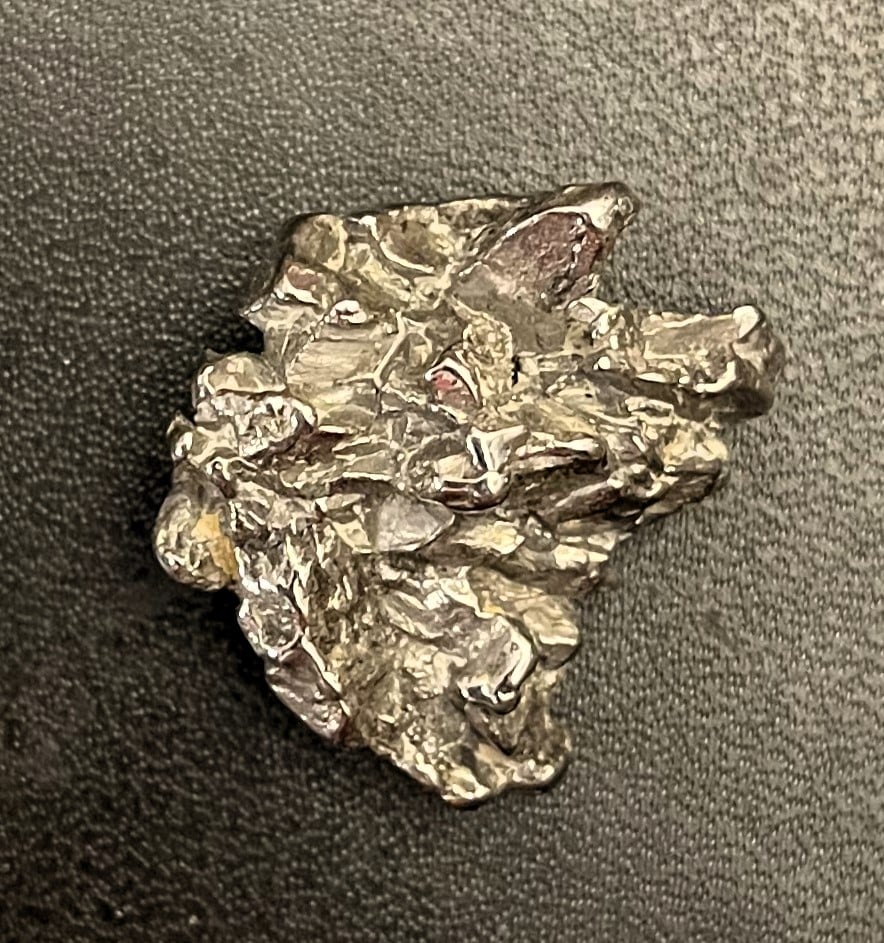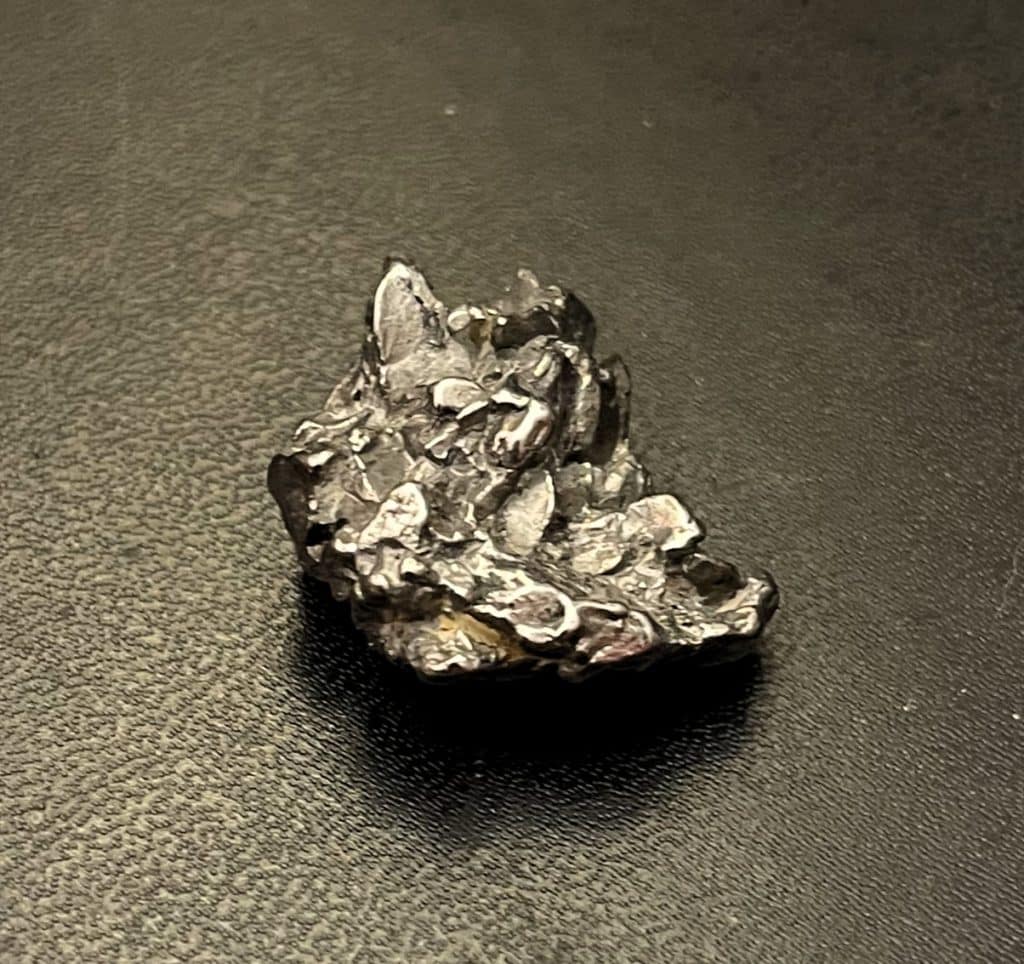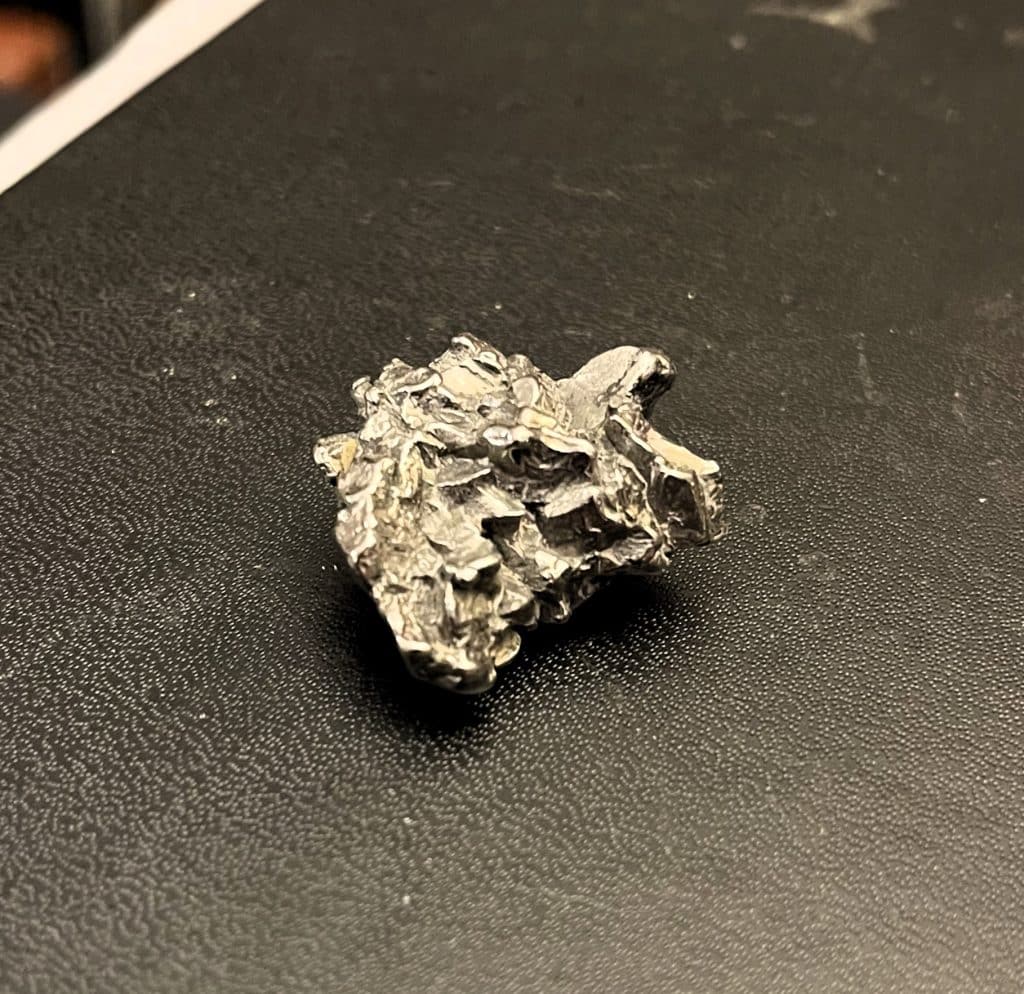Introduction
Campo del Cielo is a group of iron meteorites discovered in an area in Argentina. This site is located in Chaco and Santiago del Estero, approximately 1,000 kilometers (620 mi) north-northwest of Buenos Aires, Argentina, and about 500 kilometers (310 mi) southwest of Asunción, Paraguay. The crater field spans 18.5 by 3 kilometers (11.5 by 1.9 mi) and includes 26 craters, the largest being 115 by 91 meters (377 by 299 ft).
The craters, estimated to be four to five thousand years old, were reported to the general public in 1576, but they were already known to the aboriginal people. The craters and the surrounding areas have an abundance of iron meteorite fragments. The fragments recovered from this site total up to approximately 100 tonnes, making it the largest meteorite found in history.
The two heaviest single-piece meteorite masses recovered on Earth are the 60-tonne Hoba meteorite, the 31-tonne Cape York meteorite fragment, and the 30.8-tonne Gancedo and 28.8-tonne El Chaco fragments.
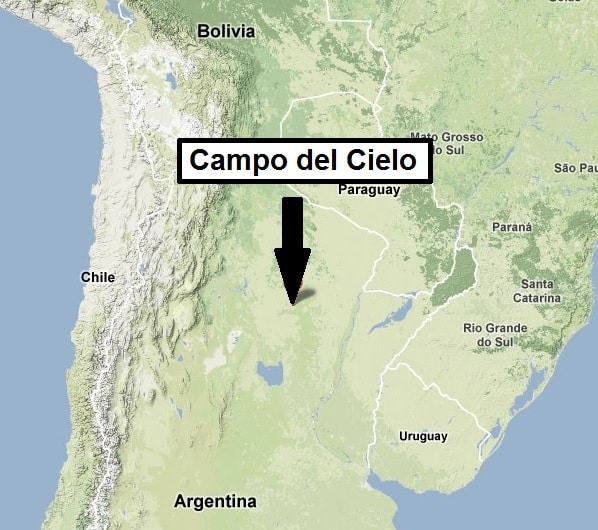
History
In 1576, the governor of a province in northern Argentina tasked the military to search for a massive iron mass that the natives claimed had fallen from the sky in a place they called Piguem Nonralta. Spanish translated this place as Campo del Cielo, which means “Field of heaven (or the sky).” The expedition discovered a large metal mass protruding from the soil and collected a few samples of unusual purity. The governor documented the expedition and submitted the report to the General Archive of the Indies in Seville, Spain. However, the report was quickly forgotten, and later, the reports only repeated the native legends.
According to legends, in 1774, Don Bartolomé Francisco de Maguna rediscovered a mass of iron which he named el Mesón de Fierro (“the Table of Iron”). He believed it to be the tip of an iron vein. In 1783, the next expedition, headed by Rubin de Celis, used explosives to clear the ground around the mass and found that it was probably a single stone. Celis estimated its mass to be 15 tonnes and deemed it worthless, thinking it was formed by a volcanic eruption rather than a meteorite. However, he sent samples to the Royal Society in London and published his report in the Philosophical Transactions of the Royal Society. Those samples were later analyzed and found to contain 90% iron and 10% nickel and assigned to a meteoritic origin.
Since the discovery of the crater field, several iron pieces have been found, ranging from a few milligrams to 34 tonnes in weight. Otumpa, a mass of about 1 tonne, was discovered in 1803. In 1813, a 634-kilogram (1,398 lb) portion of this mass was taken to Buenos Aires and later donated to the British Museum. Other large fragments are listed in the table below. El Taco’s mass initially weighed 3,090 kilograms (6,810 lb), but the most significant remaining fragment weighs 1,998 kilograms (4,405 lb).
In 1969, a meteorite called El Chaco was discovered 5 meters (16 ft) below the surface using a metal detector. It is the second-largest mass, weighing 28,840 kilograms (63,580 lb). It was extracted in 1980 and was estimated to weigh about 37 tonnes at the time. This made it the second heaviest meteorite after the 60-tonne Hoba meteorite, discovered in Namibia. Over 100 tonnes of Campo del Cielo fragments have been discovered, making it the heaviest set of such finds on Earth.
In 2016, the biggest meteorite from the strewn field was found. It’s called the Gancedo meteorite, named after the nearby town of Gancedo, which provided equipment to assist in its extraction. This nickel-iron meteorite weighs 30,800 kilograms (67,900 lb), which is less than the original estimated mass of El Chaco. However, the latter was reweighed in 1980 with the same instruments, and it was discovered that it only had a mass of 28,840 kilograms (63,580 lb). This makes Gancedo the largest fragment ever recovered from Campo del Cielo.
Impact, age, and composition
The Campo del Cielo crater field contains at least 26 craters, the largest being 115 by 91 meters (377 by 299 ft). The field covers an area of 3 by 18.5 kilometers (1.9 by 11.5 mi), with an associated strewn area of smaller meteorites extending over 60 kilometers (37 mi). At least two of the craters contained thousands of tiny iron pieces. This distribution suggests that a large body entered the Earth’s atmosphere and broke into pieces, which then fell to the ground. The main body is estimated to have been larger than 4 meters (13 ft) in diameter. Samples of charred wood found beneath the meteorite fragments were analyzed for carbon-14 composition. The results indicate that the fall date of the meteorites was around 4,200–4,700 years ago, or 2,200–2,700 years BC. The age of the meteorites is estimated to be 4.5 billion years old, which means they were formed as part of the development of our solar system.
The fragments contain an unusually high density of inclusions for an iron meteorite, which may have contributed to the disintegration of the original meteorite. The average composition of the Campo del Cielo meteorites is 3.6 ppm iridium, 87 ppm gallium, 407 ppm germanium, 0.25% phosphorus, 0.43% cobalt, and 6.67% nickel, with the remaining 92.6% being iron.
Major fragments of the Campo del Cielo meteorite
| Mass (tonnes) | Name | Year of Discovery |
| >15 | el Mesón de Fierro or Otumpa | 1576 |
| >0.8 | Runa Pocito or Otumpa | 1803 |
| 4.21 | el Toba | 1923 |
| 0.02 | el Hacha | 1924 |
| 0.73 | el Mocovi | 1925 |
| 0.85 | el Tonocote | 1931 |
| 0.46 | el Abipon | 1936 |
| 1 | el Mataco | 1937 |
| 2 | el Taco | 1962 |
| 1.53 | la Perdida | 1967 |
| 3.12 | las Viboras | 1967 |
| 28.8 | el Chaco | 1969 |
| >10 | Tañigó II | 1997 |
| 15 | la Sorpresa | 2005 |
| 7.85 | el Wichí or Meteorito Santiagueño | 2006 |
| 30.8 | Gancedo | 2016 |
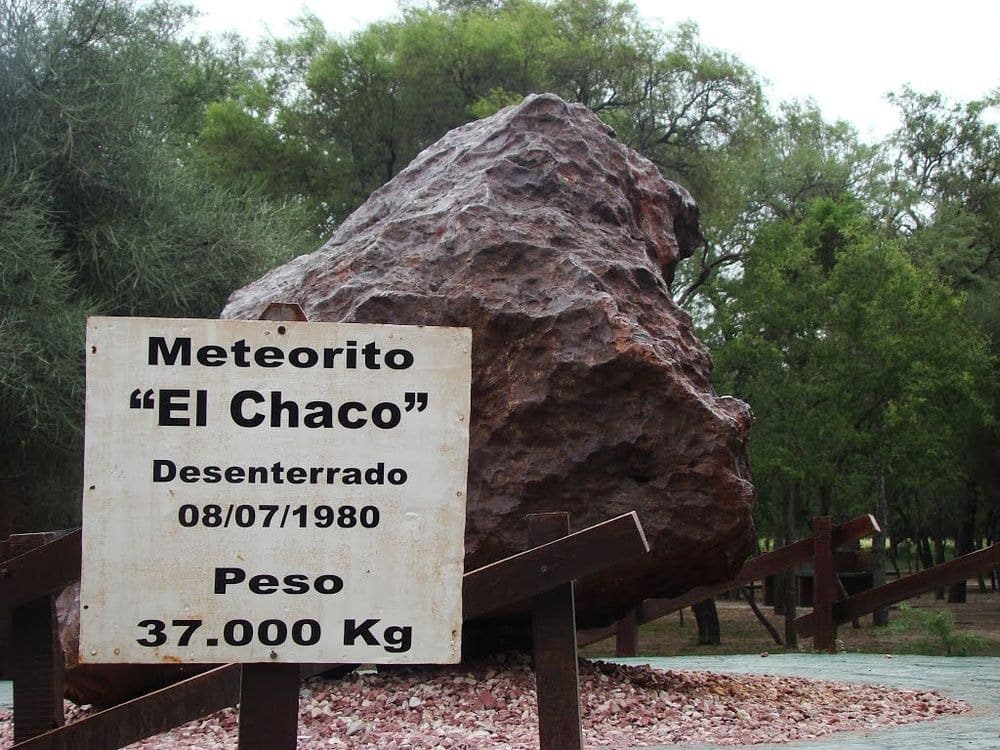
Our Object
Size (W x H)
28 x 25 mm
Weight
28 g
Location
S.1
Classification
Coll#2
Provenance
We obtained the item from a reputable dealer. It comes with a letter of authenticity from Argentinian authorities. Our fragment was extracted from the el Chaco site in 1980, and a chunk of it was probably sold in small fragments to dealers worldwide in the late 1980s.
